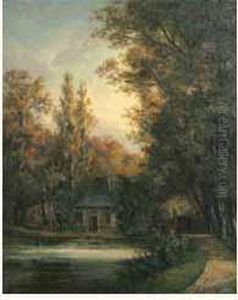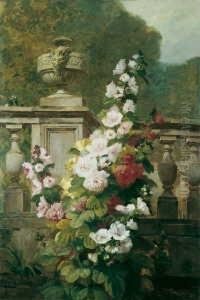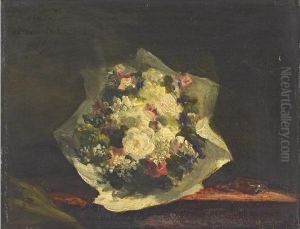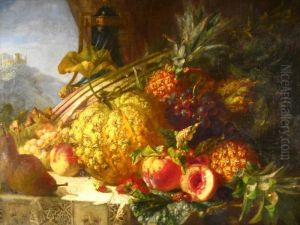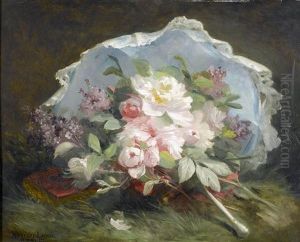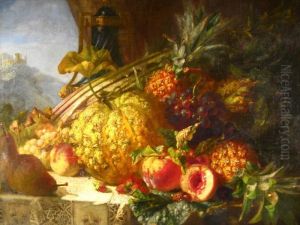Henri Emile Brunner-Lacoste Paintings
Henri Emile Brunner-Lacoste, a notable figure in the 19th-century art world, was born in 1826 in France. His life spanned a period of significant social, political, and artistic change, which influenced his work and the direction of his artistic exploration. Primarily known for his contributions to painting, Brunner-Lacoste was part of the broader European art movement that sought to capture realism and emotional depth in their works, diverging from the classical and romantic styles that had dominated previous eras.
Brunner-Lacoste received his formal education in the arts at the École des Beaux-Arts in Paris, where he was influenced by the teachings of prominent artists of the time. His career was marked by a dedication to capturing the essence of his subjects, with a particular focus on landscapes and portraiture. His landscapes often depicted the French countryside, imbued with a sense of realism and attention to the changing qualities of light, which hinted at the emerging Impressionist movement. However, Brunner-Lacoste remained distinct in his approach, often blending traditional techniques with his own innovative methods.
Throughout his career, Henri Emile Brunner-Lacoste exhibited his work in various salons and galleries, gaining recognition and acclaim among his contemporaries. Despite the acclaim, he often struggled with the artistic establishment, which was at times resistant to new ideas and expressions. This tension reflected the broader challenges faced by artists of his generation, who were caught between the traditions of the past and the push towards modernism.
Brunner-Lacoste's death in 1877 marked the end of an era for the artist, but his legacy lived on through his contributions to the art world. His works continue to be studied and admired for their technical skill, emotional depth, and innovative approach to capturing the essence of the natural and human world. Brunner-Lacoste remains a figure of interest for art historians and enthusiasts who seek to understand the complexities and transitions of 19th-century European art.
